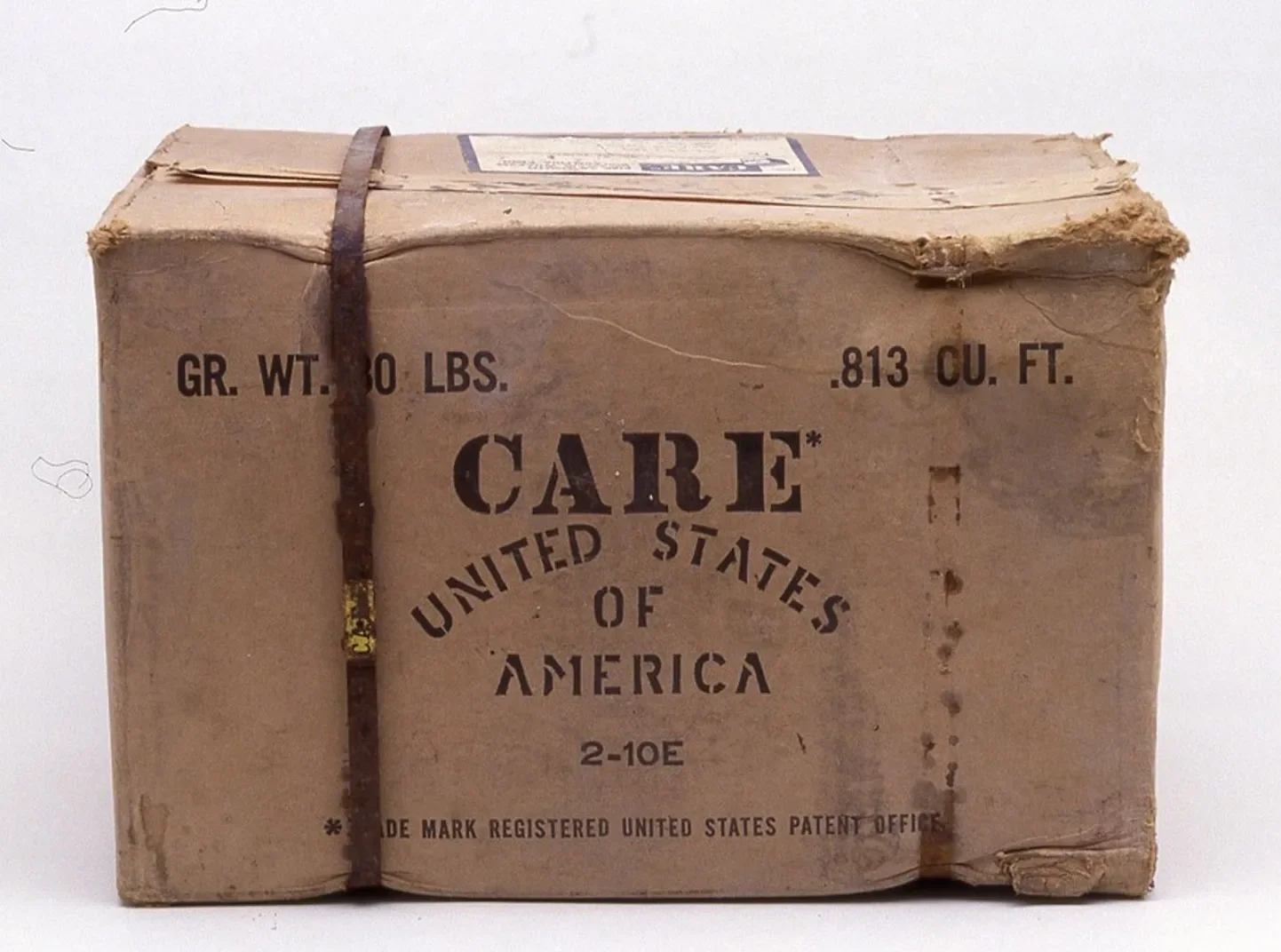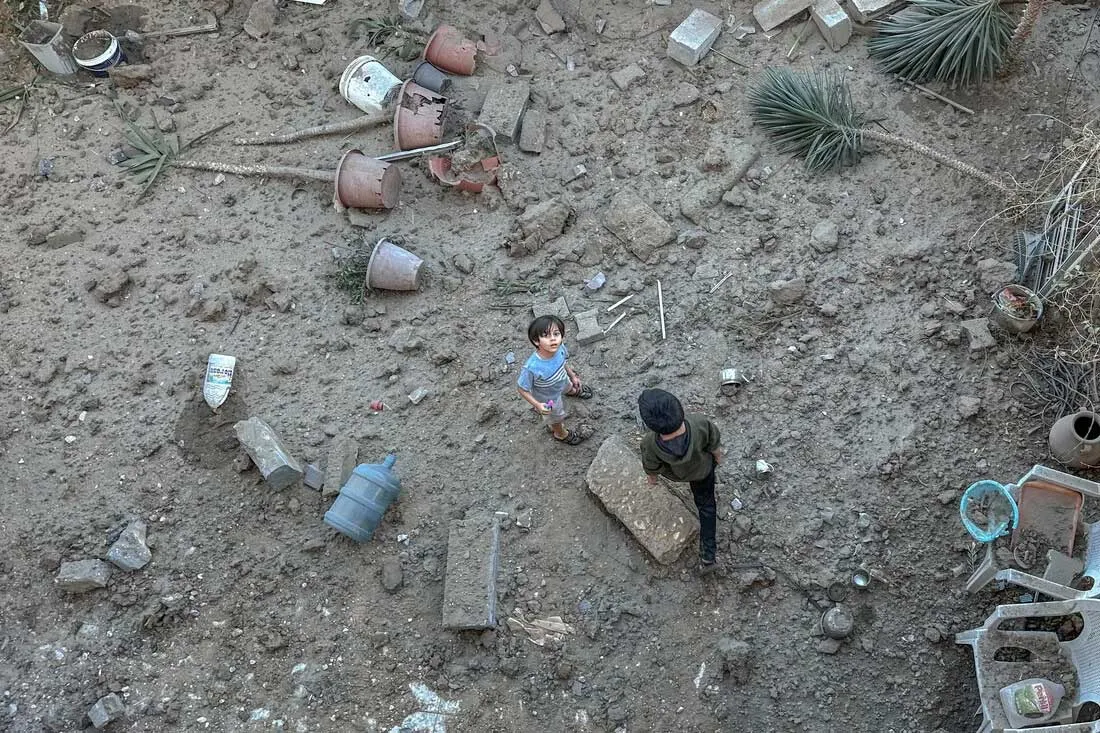About the humanitarian crisis in Gaza
Between October 7, 2023 and August 29, 2024, at least 40,602 Palestinians were killed and 93,855 were injured, with at least 10,000 still missing under the rubble. With nowhere to flee, Palestinians face relentless and widespread attacks across the enclave. As the unrelenting bombardment of Gaza continues, severely restricted humanitarian access has led to unprecedented challenges, further complicated by forced displacement orders and relentless hostilities.
The situation for 2.2 million people in Gaza is desperate and worsening by the hour. Severe overcrowding at displacement sites, lack of clean water, sanitation facilities and basic hygiene items are taking a heavy toll on civilians, especially women and children. Skin diseases and other infectious diseases are spreading at an alarming rate, underscoring the dire health and humanitarian situation. Food and clean water are in short supply and nowhere is safe in Gaza.
Since October 2023, children’s regular immunizations were disrupted, leaving them vulnerable to infection. In July 2024, the first polio case in 25 years was reported — a 10-month-old boy, who is now paralyzed in one leg. The presence of a paralysis case indicates there could be hundreds more people infected but not showing symptoms. During the first three days of the polio vaccination campaign that started on September 1, 2024, CARE, in coordination with UN agencies, vaccinated 2,124 children under the age of 10. At its primary healthcare center in Deir Al-Balah, CARE provided each child with two drops of the novel oral polio vaccine type 2 (nOPV2).

